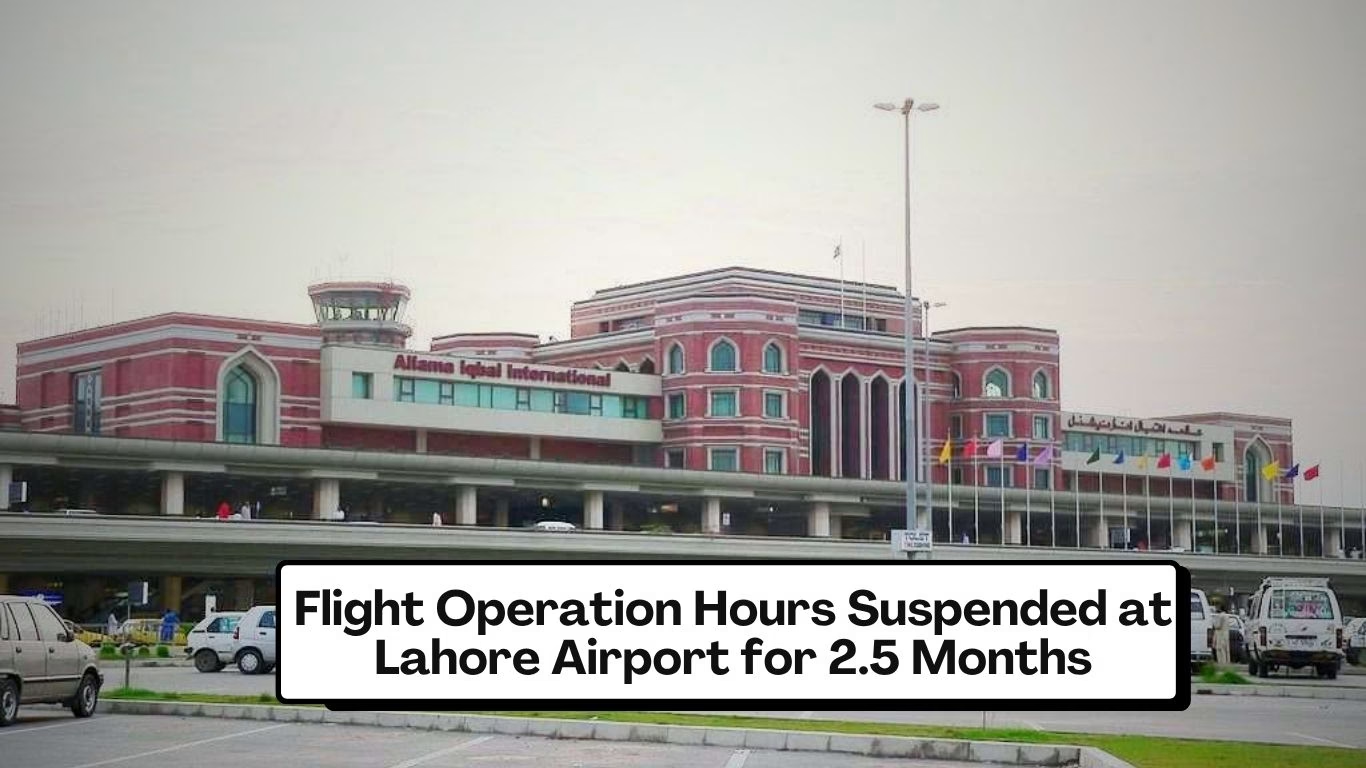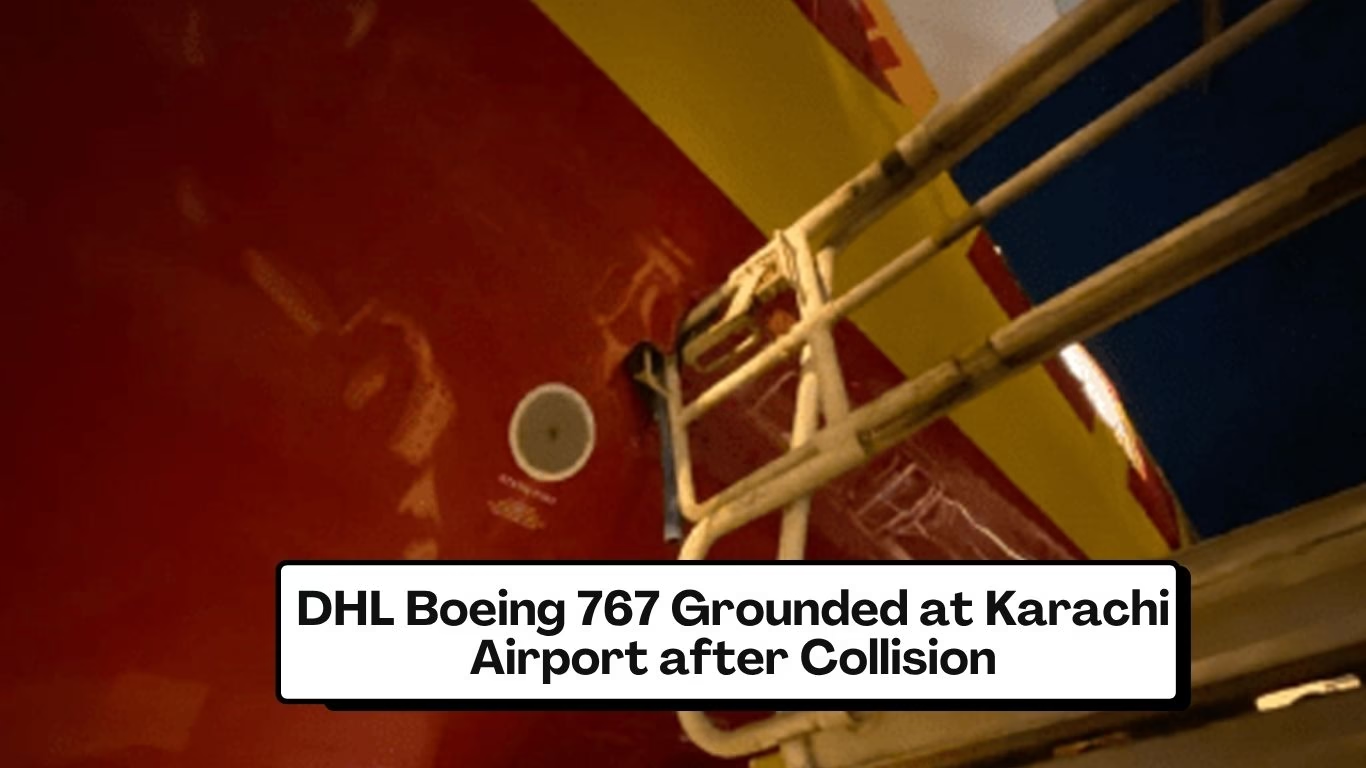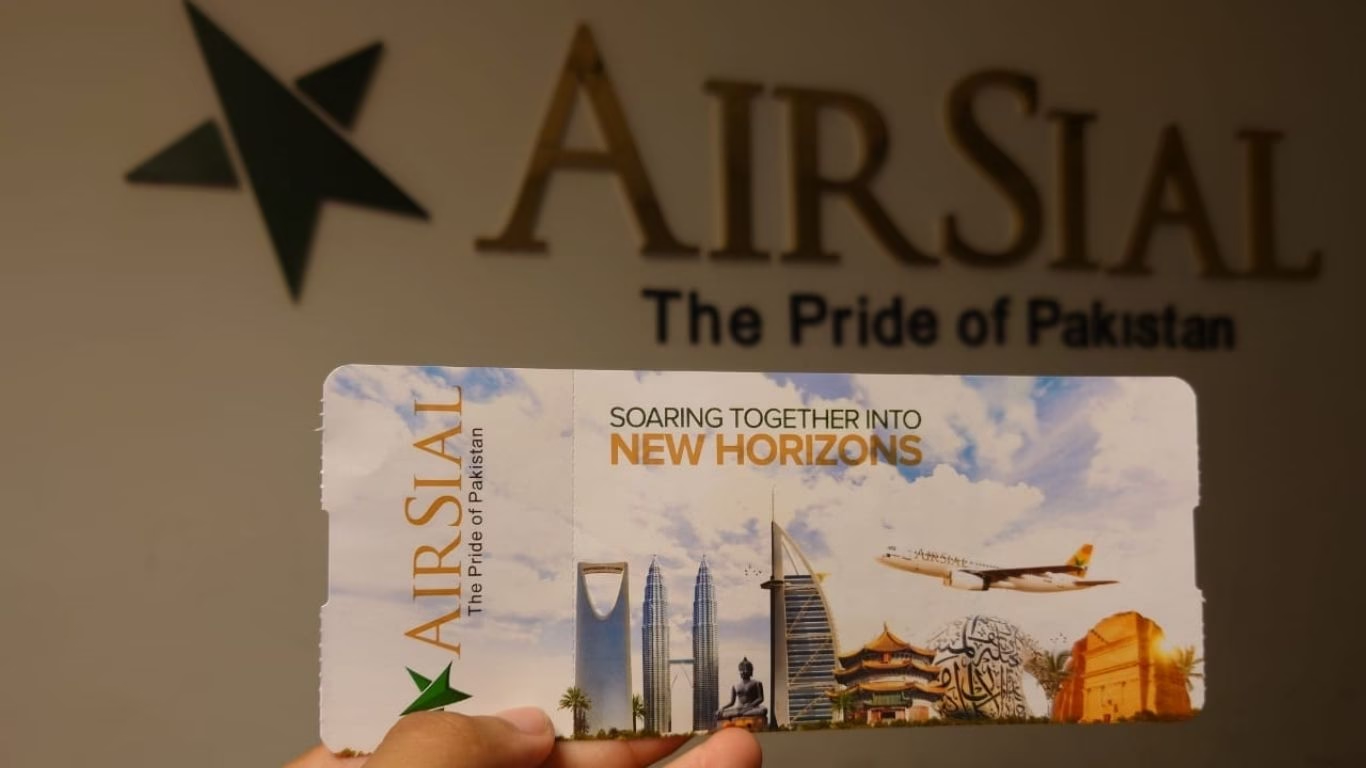According to the definition, an airship is an aircraft lighter than air, capable of navigating through the air using its power. Airships are the German version known as Zeppelin and were employed for transporting passengers for more than 30 years. In 1924, when they realized the significance of Airships in transporting passengers, the British Government initially launched the ” Imperial Airship Scheme 1924-1930“, to connect the distant parts of the globe. Starting from Montreal in Canada to Wellington to New Zealand. Karachi is still a vital link in this chain of its part of the British Empire to ensure it remains together since RAF’s Drigh Airfield (Now PAF Base Faisal) was a vital support facility for the region.

The Airship Company, an affiliate of British Company Vickers, was tasked with designing and constructing a military-free Airship (the R-101) that could transport 200 people. The R-101 was developed in 1929 for a long-distance route throughout the British Empire from Canada to New Zeeland, having a total length of 777 feet compared to the 238-foot length of the Airbus A380, the largest passenger airliner in the world at present. It was a “Titanic of the Air” planned to take off from RAF Cardington Airfield in Bedfordshire England and then to Karachi.
Construction of Kala Chapra
In 1927 the British Government began the creation of an airship tower, the hydrogen plant, and an enormous hangar Between RAF Drigh Airfield and Karachi Airport. It was chosen as the largest docking station in the Airship network for the R-101 route. It would fly from Cardington, UK, to Karachi via flying over London, Paris, and Toulouse and refueling stops near Ismailia, located in Egypt. The locals called it the ” Kala Chapra,” which signifies “The Black Shed.” The hangar was bigger than two other sheds at the base of the R-101 in the UK. The British press at the time described it as the largest human-constructed structure of the British Empire. In designing and building the hangar, the futuristic nature of the aircraft was in mind. Therefore, the dimensions that the hangar measured were 850 feet long, 170 feet high, and 180 feet wide.

Tragic End of the British Airship Ambitions
On the 4 of October 1930, Airship lifted from its Cardington hangar to begin its first journey to Karachi, which was in the hands of the Bombay Presidency, Government of British India. The Airship was sadly involved in an accident near Paris on the route toward Karachi. It was destroyed. Of the 53 passengers on board, only 48 were killed in the same accident. The crash dealt a fatal injury to the British Administration’s “Imperial Airship Scheme,”.

Ironically, The Zeppelin Airline Company of Germany purchased a small amount of scrap from the Airship. The reason for this, or whether they used it to make Hindenburg or the Hindenburg, is unanswered. Whatever the case, the R-101 was the end of British Airship ambitions and the German passenger airship. LZ 129 caught fire on the 6 of May 1937, the final blow that ended the international Airship industry.
The Fate of Kala Chapra
Then in 1952, the Government of Pakistan decided to take down the complex and sell the structure’s steel to scrap. On the 1 day of August 1952, Pakistan Aviation Ltd was invited to tear down the huge Kala Chapra. The structure survived until the 1960s when it was removed, and the steel was utilized on bridges and railway structures throughout Pakistan. The end of this remarkable part of engineering for civil construction in Pakistan.
Suppose you visit this location (Under the control of the Precision Engineering complex -PIA at Karachi Airport) and ask about Kala Chapra. In that case, most people will claim it’s just an urban legend. However, some claim that it was a hangar constructed to accommodate aircraft of the Royal Aircraft during World War. Today, the road that connects Shahrah-e-Faisal with Gulistan-e-Johar is referred to as “the Kala Chapra road.
Only a handful of people have the full story of Kala Chapra The Kala Chapra, and you’re now one of them!
Source: Narrations of the following:
- Mr. Aziz Qasir (Late), My Instructor at CATU Karachi in1975,
- Mr. Faiz Iqbal (Late) and Mr. Abdul Hamid (Late) CAA ATCOs Karachi Airport in 1978.
- Acknowledgment: to Mr.Azhar Arif, Rtd Sr.JD Karachi Airport (1971) for reviewing the article.
- Airship Heritage website and article published in The Express Tribune, March 31st, 2013 (Sunday Magazine).
- Article in Daily Times Karachi – 9th April 2020.
Compilation By:
Zia Ullah Sheikh, FCILT
Rtd. Sr. Joint Director (ATS) / Former Deputy APM
Pakistan Civil Aviation Authority, Islamabad Airport
October -2020






Leave a Reply